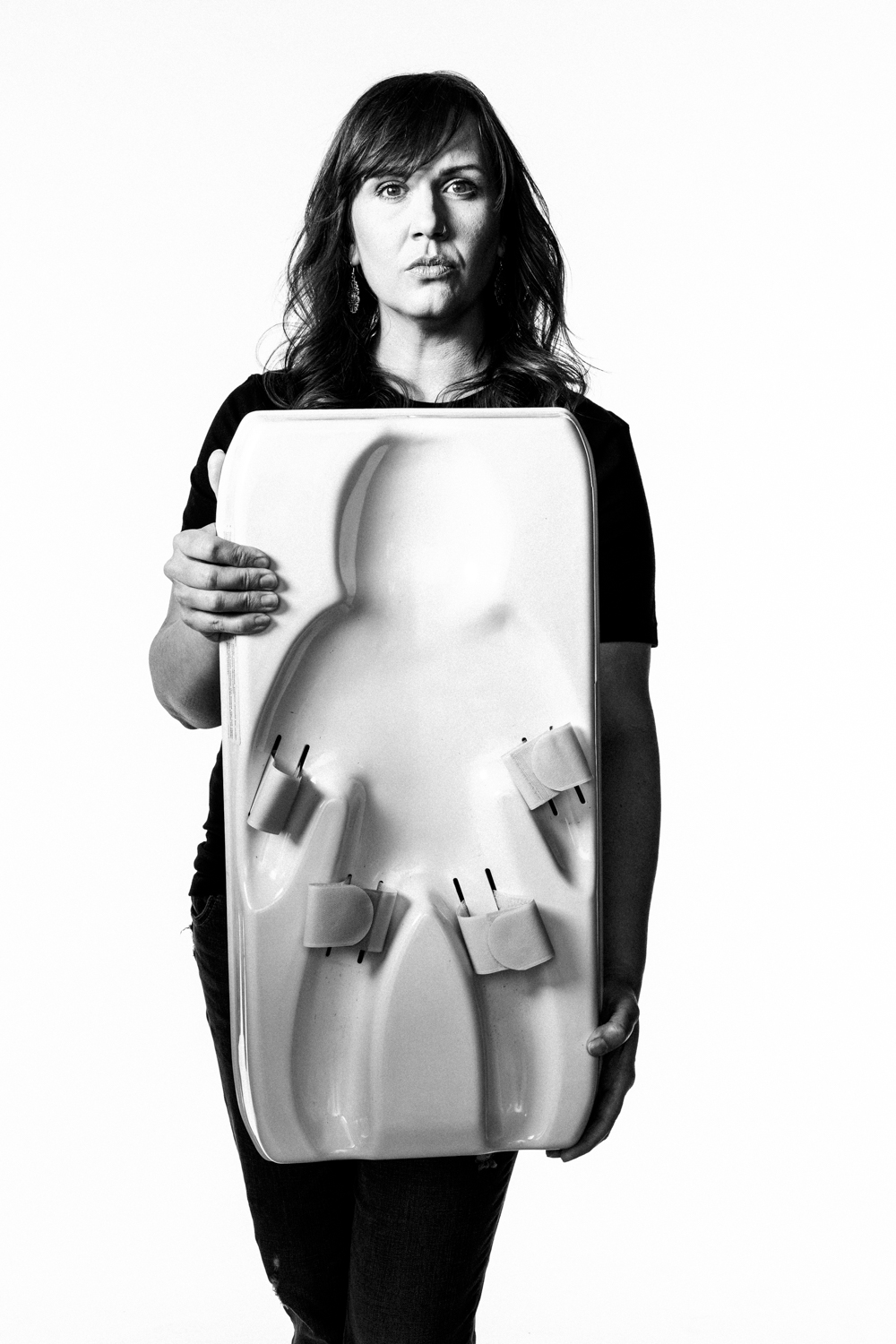Subscribe to receive our
monthly newsletter!
"*" indicates required fields
Access in-depth analysis and research findings on circumcision data.
Explore comprehensive data and statistics on public opinions, circumcision trends, and forcible foreskin retraction.
Consider the logic behind genital integrity and how to inspire others to think critically about circumcision.
Advocate for intact penis care and equip yourself with compelling reasons against cutting the genitals of children.
Foster informed dialogue and challenge societal acceptance of circumcision.
Gain insight into the historical and cultural context of male genital cutting through a curated selection of books dedicated to the topic of circumcision.
Georganne Chapin and Marilyn Milos release their memoirs detailing their experiences and observations as leaders of the intactivist movement.
Author, Speaker, and Intactivist Thought Leader


On April 19, 2025, a medically unnecessary circumcision nearly cost baby Cole Groth his life. Performed in the NICU at NewYork-Presbyterian Morgan Stanley Children’s Hospital—despite his serious heart condition—this reckless, non-therapeutic procedure led to catastrophic bleeding and organ damage. Now, Intact America is calling on the AAP, ANA, AHA, AAFP, GNYHA, New York Medicaid, and NewYork-Presbyterian Hospital to take immediate action. Sign the change.org petition below and stand with us to protect NICU babies from genital cutting.

On April 30, 2025, Intact America proudly hosted its inaugural Skin in the Game Award in New York City, honoring artist and activist Alan Cumming for his bold advocacy in celebrating the natural male body and defending children’s right to genital autonomy. The event marked a breakthrough moment for the intactivist movement, uniting longtime advocates and new voices in a powerful evening of stories, connection, and shared purpose. Thanks to the passion and generosity of our community, we raised nearly $150,000 to support our ongoing efforts to end the harm of circumcision through education and advocacy. To all our attendees, sponsors, volunteers, and staff: thank you for making this moment possible, and for proving we all have Skin in the Game. Learn more about the Skin in the Game Award and Intact America’s Skin in the Game campaign below!



Read Intact America’s latest publications
Stay up to date on Intact America’s online and in person events
"*" indicates required fields
Intact America operates as a not-for-profit organization based in Tarrytown, NY that is tax-exempt under Section 501(c)(3) of the Internal Revenue Code. EIN: 81-2887457.